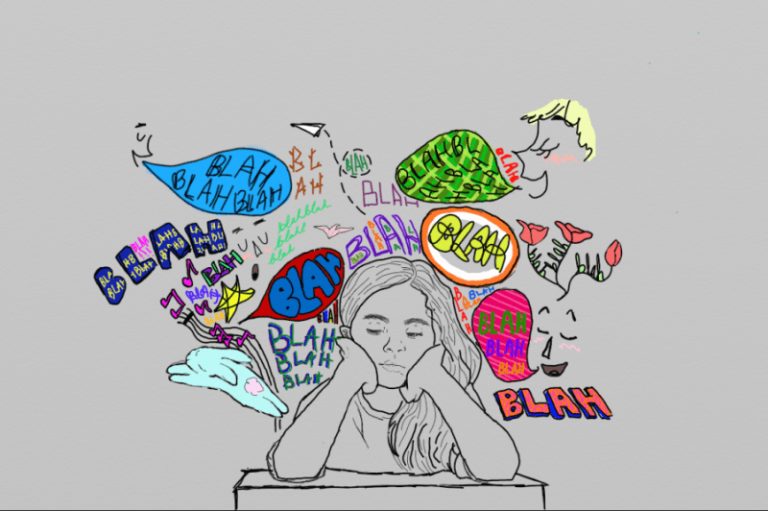A Brief Burnout History
Burnout is a term that has gained popularity recently and is frequently linked to the stress and strain of contemporary work life, but did you know that the idea of burnout has a long history and has an impact that goes well beyond our professional lives? We will journey through the history of burnout in this blog post, learning about its surprising origins and how it has affected people from all walks of life.
The Birth of the Term “Burnout”
Herbert Freudenberger, a psychologist, has been credited with coining the term “burnout” in a clinical sense in 1974, primarily in reference to professionals who performed caregiving roles. This applied to healthcare professionals such as physicians, nurses, and others who performed emotionally demanding work. Burnout is still regarded as a unique challenge for those in such roles more than 40 years after it first emerged. However, that was not where the story of burnout began. U.S. air traffic controllers were already undergoing what they called “vocational ‘burn out’” in 1971, three years before Freudenberger’s description. They claimed to be exhausted, which affected both the quality and quantity of their work. This historical account of burnout in a different environment is frequently ignored, but it contains important lessons for us today.
Air Traffic Controllers: Before “Burnout” was a Thing.
Similar to those in caregiving professions, air traffic controllers faced a variety of difficulties in the 1960s and 1970s. Poor training environments, subpar tools, lengthy shifts without breaks, and the added stress of frequently changing shift patterns were all issues they had to deal with. Even though automation increased efficiency, it also came with its own share of problems, such as monotony and problems with the human-machine interface.
Working conditions were strained as air traffic increased and the number of controllers stayed largely constant. A ground-breaking study was commissioned by the Federal Aviation Administration in 1973 as a result of a tragic series of fatal mid-air collisions that were blamed on human error. The Boston University School of Medicine’s study, which followed 416 air traffic controllers for three years, produced some shocking findings.
One of the most unexpected results was that those who experienced burnout earlier in the study had better psychological health. In comparison to their peers, they reported more positive mood states, less anxiety, and less alcohol consumption. This finding suggested that those who worried about burnout were very capable people. According to the study’s findings, once concerns about burnout were triggered, they frequently turned out to be true. Burnout was a complex interplay of many factors, not just a result of one person’s resilience.
Burnout Goes Global
The concept of burnout spread to Western Europe in the 1970s after it first appeared in the United States, including the United Kingdom, Germany, the Netherlands, and Belgium, as well as the Nordic nations (Scandinavia and Finland). In other parts of the world, including Asia, the Middle East, Latin America, Australia, New Zealand, Africa, China, and the Indian subcontinent, it began surfacing in the middle of the 1990s.
It is interesting to note that the order in which burnout came to light seemed to reflect the socioeconomic advancement of the respective nations. This implies that workplace changes as quick as those brought about by globalization, privatization, and liberalization may be a factor in burnout.
The Universal Symptom: Exhaustion
The primary sign of burnout is exhaustion, a universal emotion. It is a psychological experience that transcends geographical or historical boundaries. In fact, since both conditions share this primary symptom, exhaustion serves as a link between burnout and depression.
However, it is essential to keep in mind that burnout, as we currently understand it, is closely related to contemporary, advanced societies that are characterised by social fragmentation and individualization. It is a notion that only exists in societies where jobs, occupations, and professions are common. The term “burnout” can refer to a variety of things, even within Western culture, from minor psychological distress to a medically recognised inability to work.
In conclusion, burnout is a psychological condition rooted in a particular historical and socio-cultural context and is more than just exhaustion. Its effects can be felt by people from a wide range of backgrounds and professions in addition to healthcare professionals. Understanding the origins and extent of burnout can help us identify its symptoms and effectively tackle it. Burnout is a problem that exceeds all boundaries and requires our attention, whether you work in healthcare, a corporate environment, or are pursuing a different career path. We can work toward a world where burnout is better understood and, ultimately, prevented by acknowledging its complexity and taking into account its historical and cultural roots.
If you think that you can benefit from professional support on this issue you can reach out here.
Seray Soyman is working as a Clinical Psychosexologist within the Willingness team, providing psychosexual education and sexual support sessions, as well as delivering training and workshops. She has a master’s degree in Clinical Psychosexology from the Sapienza University of Rome. Seray’s research interests are sexual communication, sex-positive behaviour, LGBTQIA+ studies, and sexual health.
References
Samra R. (2018). Brief history of burnout. BMJ. 363:k5268.
Schaufeli, W. B. (2017). Burnout: a short socio-cultural history. In S. Neckel, A. K. Schaffner, & G. Wagner (Eds.), Burnout, Fatigue, Exhaustion: An Interdisciplinary Perspective on a Modern Affliction (pp. 105–127). Palgrave Macmillan.







